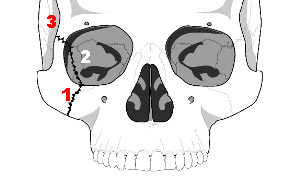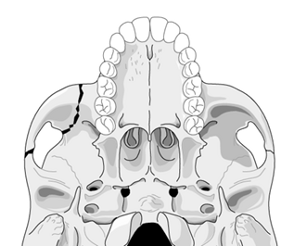One of my readers left a lengthy comment on the helicopter EMS guidelines from the ACS-COT and NAEMSP on Wednesday. For those of you who don’t dig into the comments, I’m publishing it in its entirety today. It’s that good. Thanks to Mike Abernathy for the time he took to write it! BTW, he is a co-author on several papers with Brian Bledsoe, whose data I quoted. See references below.
“Great recommendations –they make perfect sense. But..with the current structure of the US HEMS system, they are largely unenforceable . Due to multiple factors, there is a HUGE disparity among the aviation and medical abilities of HEMS programs –yet they are treated and paid as a uniform entity.
An ever growing, profit driven sector of the industry is run by large corporations ( Air Medical Holdings, PHI, AMC) who operate independently and have little connection with health care/hospitals as we know them.
Due to loophole in the the Airline Deregulation act of 1978, there is little meaningful state or federal regulation over the HEMS industry. Several states have tried to create and enforce regulations but have been defeated in court every time. Medical standards, equipment and training are essentially determined by individual programs. The classic fox guarding the henhouse. One program mayfly with almost minimum wage paramedic team with minimal training/experience while another down the street may use a highly trained EM physician- nurse team ( and everything in between) One program may fly a 25 y/o single engine aircraft worth $800k and another program invests in $8M state of the art helicopters. Does the program want to put profits into the pockets of shareholders or back into improving the quality of the program? Right now –there is zero incentive for quality. Everyone gets paid the same per patient mile. There is absolutely no reason why these programs would not want to fly every pt they can –because they get paid very well for it.
Anyone can put a helicopter anywhere and due to lack of real Medicare/Medicaid requirements (currently so vague, any transport can be justified) and get paid damn well for it. Interestingly – the ground EMS industry is highly regulated by comparison.
But – there are many good programs out there who do the right thing – use well trained, experienced medical personnel and pilots along with state of the art equipment but they are slowly being overtaken by the “darkside” of the industry.
BTW – the standard of care for HEMS in almost every other developed country in the world is a physician-medic team using larger dual engine aircraft. Considering these patients should be the most critically ill of all those transported –not a bad idea. The bar in the US has been grossly lowered in the name of profit.
The only way to fix the whole system is that reimbursement must be tied to quality measures and appropriate utilization criteria based on medical research. When Medicare requires precertification and other quality measures, insurance companies will follow. Like every other aspect of medicine quality must be incentivized ( = $$$) When this happens the low end / low quality, profit driven subsection of the HEMS industry will disappear –and so will many of the problems that you have appropriately outlined.”
Related posts:
References:
- Helicopter Scene Transport of Trauma Patients with Nonlife-Threatening Injuries: A Meta-Analysis. J Trauma 60:1254-1266, 2006.
- Helicopter Accidents in the United States: A 10-Year Review. J Trauma 56:1325-1329, 2004.





